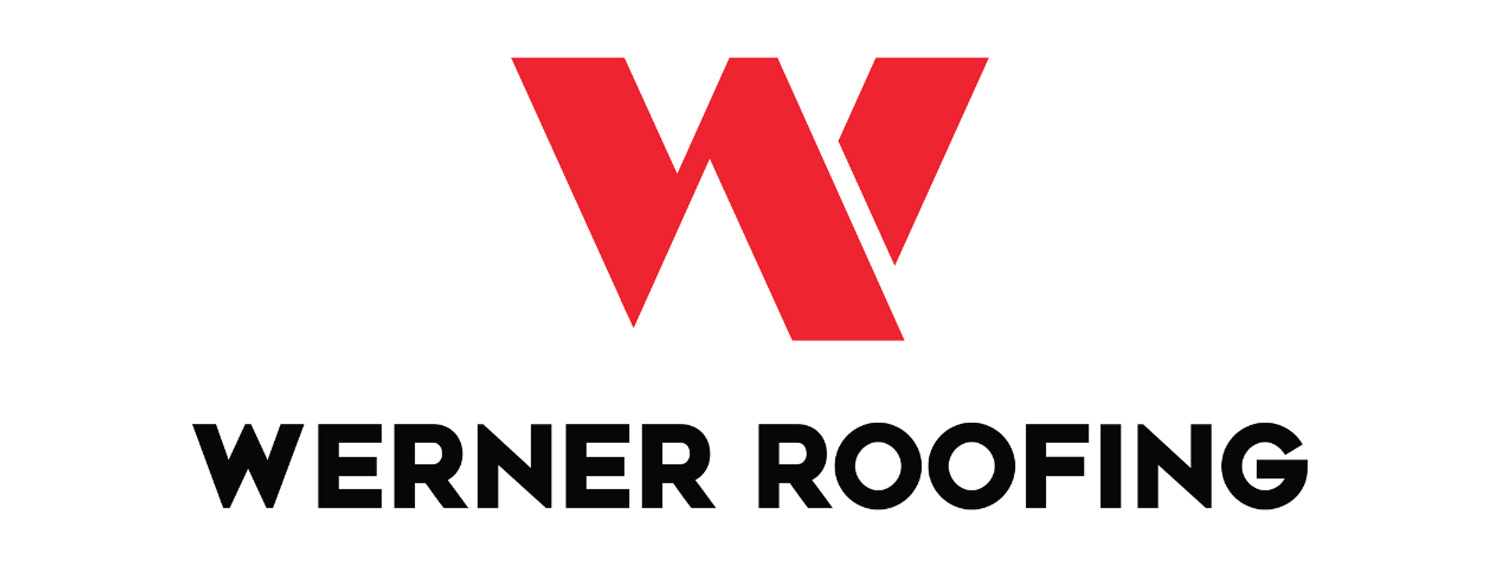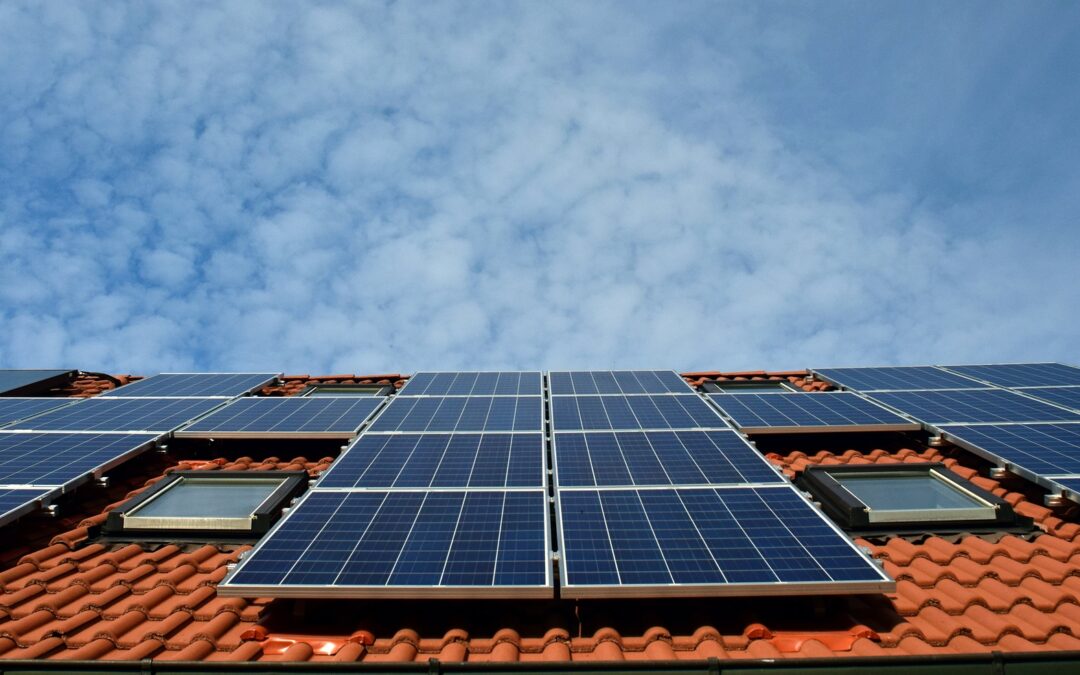Americans spend about $40 billion annually to air-condition building as. That’s quite a lot of money to spend, and it’s also quite a lot of energy to use. Lately, more and more consumers have been seeking appliances and home features that sport the blue Energy Star label. Today, that Energy Star label even extends to roofing products! But what exactly is an Energy Star certified roof, and what does it mean for you, the homeowner?
Let’s start with the basics.
What is an Energy Star Certified Roof?
There’s actually no such thing as an “Energy Star Certified Roof.” Instead, there are a number of roofing products that have qualified for an Energy Star rating. If your roof is built using primarily Energy Star products, then, in essence, you have an Energy Star certified roof.
How Do Roofing Products Become Energy Star Certified?
Like appliances, to qualify for an Energy Star rating, roofing materials have to pass a set of specifications set by the EPA (Environmental Protection Agency). At their core, these specifications require that the products:
- Contribute significant energy savings nationwide
- Deliver energy efficiency, while still offering the features and performance that consumers demand
- Ensure that if there is an increase in material price, compared to a non-energy-efficient option, the Energy Star material will allow consumers to recoup their investment thanks to the energy efficiency of the product.
- Can be tested to ensure and verify the product’s energy consumption and performance
While there are a number more specifications than just these four, these express the main idea behind the Energy Star rating — that Energy Star products offer enhanced energy efficiency, at no sacrifice in cost, performance, or appearance to the consumer.
How Do Energy Star Roofing Materials Help Me?
So now we know why certain roofing materials sport the Energy Star label, but what does that mean for you, as the consumer? Are there benefits to choosing Energy Star products over traditional products?
Yes, there are benefits for you and for the environment. Here’s how purchasing Energy Star roofing materials can help you:
Decrease Heat Transfer
Energy Star qualified roofing products most often work to reflect the sun’s rays. Instead of absorbing heat from the sun, they’re highly reflective and cause those rays to bounce off. Since the heat isn’t absorbed into the roof, this can decrease a roof’s surface temperature by up to 100° F. When your roof isn’t so hot, less heat is seeping into your home, and you end up spending less money keeping your home cool in the summer.
Reduce the Amount of Air Conditioning Needed
Since Energy Star roofs and roofing materials reflect heat, rather than absorb it, there’s less heat seeping into your home. That means your overall home temperature stays more constant, and your air conditioner doesn’t have to work as hard to keep your home cool. On average, according to Energy Star, cool roofing materials can reduce peak cooling demand by about 10-15 percent.
Benefit Your Environment, Locally and Globally
We’ve shown that Energy Star roofs can help you save quite a lot of cash, and keep your home more comfortable through the summer, but that’s not all. Energy Star roofing materials can go a long way to reduce your carbon footprint, and benefit your local environment, too. Cool roofs have been shown to help:
- Reduce Local Air Temperatures. Sometimes referred to as the urban heat island effect, when an urbanized area becomes very hot during the summer, traditional building materials tend to absorb that heat. As buildings and homes all absorb heat from the sun, it causes the surrounding area’s temperatures to rise, sometimes significantly. Cool roofs and reflective, Energy Star certified roof materials help minimize this effect, lowering nearby air temperatures.
- Lower Peak Electricity Demand. Think about the hottest day of summer. You have the A/C blasting and all of the fans in the house plugged in and running at their highest setting. Chances are, your neighbors do too. In these peak electricity usage times, there’s always a risk of a power outage, because of the sheer amount of electricity being consumed. When your house is cooler thanks to Energy Star roof materials, you don’t have to use as much electricity to keep it at a comfortable temperature. You’re helping lower the overall electricity demand for your area.
- Reduce Power Plant Emissions. The less energy you use, the fewer emissions you’re responsible for putting into the environment. That includes carbon dioxide, sulfur dioxide, nitrous oxides, and mercury emissions, all of which are associated with high energy usage. When you use less energy and air conditioning, you reduce those emissions, which helps combat global climate change.
In the end, a cool roof, or an Energy Star Certified Roof, is a great thing for you and the environment. It helps you save money on those energy bills, it reduces your carbon footprint, and it can even help directly impact your local environment too.
If you’d like to learn more about cool roofs or Energy Star Certified Roofs, be sure to check out our other articles about Cool Roof Paint and Designing an Energy Efficient Roof. And if you’re really into green energy, you might be interested in our blog, Can Solar Panels Damage My Roof?
For more information about building an energy-efficient or Energy Star Certified Roof, be sure to get in touch with us here at Werner Roofing. We partner with the most trusted roofing supplier on the market, GAF. GAF provides an extensive line of Energy Star Certified Shingles that you can choose to build your roof with. If that sounds like something you’d be interested in, give us a call at 616-844-5382, or contact us online for your free roofing estimate today!


